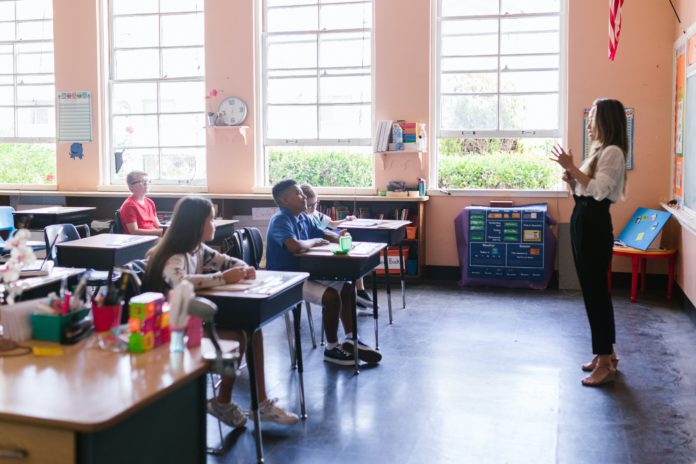A new survey has found that one in four parents (25%) failed to pay school fees last year, as consumers continue to fall under significant financial pressure as a result of rising interest rates, soaring inflation and stagnant household incomes.
Recent research indicates that many people are cutting their discretionary spending while some are struggling to pay their bills in full.
READ MORE: Cost of Living: Tips to stretch your grocery budget
This pressure is having a knock-on effect on fee-paying private and public schools. In fact, collecting school fees has become the number one challenge facing schools, according to the latest School Survey conducted by TPN Credit Bureau.
The survey, conducted at the end of 2022 amongst both private schools and public schools where fees are paid, aimed to understand what schools are struggling with.
School fees are the most important source of income for 95% of private schools and 85% of public schools other than grants, bursaries, sponsorships, and donations according to the survey.
However, school fee payments have not recovered to pre-pandemic levels.
At the end of 2022, only 62.57% of school fee accounts were in good standing compared to 63.75% at the end of 2021. Of concern is the fact that 25% of parents did not make any sort of payment towards school fees in 2022.
Not surprisingly, 2020 was the worst year on record for school fee collections. During the third quarter of 2020 – at the height of the lockdown – only 50% of parents had paid their children’s school fees in full. By the end of the year, just 56% of parents were in good standing.
Head of Marketing at TPN Credit Bureau Waldo Marcus:
“Traditionally, parents who have not paid school fees pay their outstanding fees towards the end of the year when bonuses are paid to ensure admission into the new year.”
“This late payment places additional strain on schools’ cashflow and their ability to meet their own financial obligations timeously.”
Survey respondents reported that primary school fees at private schools are around R31 000 per annum for the lowest grade, rising to R40 000 per year, per student for higher grades. High school fees range between R71 000 for grade 8, reaching R91 000 per annum for grade 12 learners.
Fees at public schools, on the other hand, range from R14 000 per year at primary school, and averaging around R25 000 per year at high schools.
The higher fees being charged at private schools are proving unaffordable for many South African parents as the economy and households themselves review priorities.
The survey revealed that private schools are struggling to fill classes with enough learners.
More than 40% of schools reported that they have less learners this year than they did last year. Only 29% of schools said they had more learners than last year.
Demand for spaces at public schools, on the other hand, is growing. Nearly 50% of public-school respondents said they have accepted more students in 2023 than they did in 2022 while 39% said their intake this year is similar. Only 14% of public schools expected to enroll less learners this year.
“Immigration appears to be having a significant impact on private schools with 31% of private schools indicating that they have seen more students leave because of emigration than in previous years.”
“Public schools, however, are seeing a slowing of the emigration trend with half of public schools reporting less learners leaving in 2022 compared to 2021.”
While school fees are the primary source of income for most fee-paying schools, the survey indicated alternative fundraising to be an important source of revenue at more than half of the private schools.
RELATED: The rising cost of education
Private schools ranked donations as their third most important source of income. Both types of schools said sponsorships were another important source of income. This indicates a heavy reliance on the private sector ecosystems to fund education.
Public schools only ranked government subsidies and bursaries as their second most important source of income.
READ MORE: Thieves ransack Athlone school for the second time in a month
Marcus points out that corporate sponsorships are likely to become increasingly scarce as business budgets are slashed to cover the increased cost of doing business in an environment characterised by persistent load shedding and overall demand shrinkage.
In addition to school fee collections, the other major challenges, said both private and public schools, include late arrivals, learner transport to school, a lack of classroom resources as well as teacher and student mental health, with student depression and anxiety raised as a specific concern in the survey.
The survey revealed that if schools had discretionary spend available, they would spend the available funds on classroom equipment (30%), invest in upskilling their teachers (16%), acquire playground infrastructure (15%), invest in IT and technology (14%), spend it on their library and books (10%) and sports equipment (7%).




